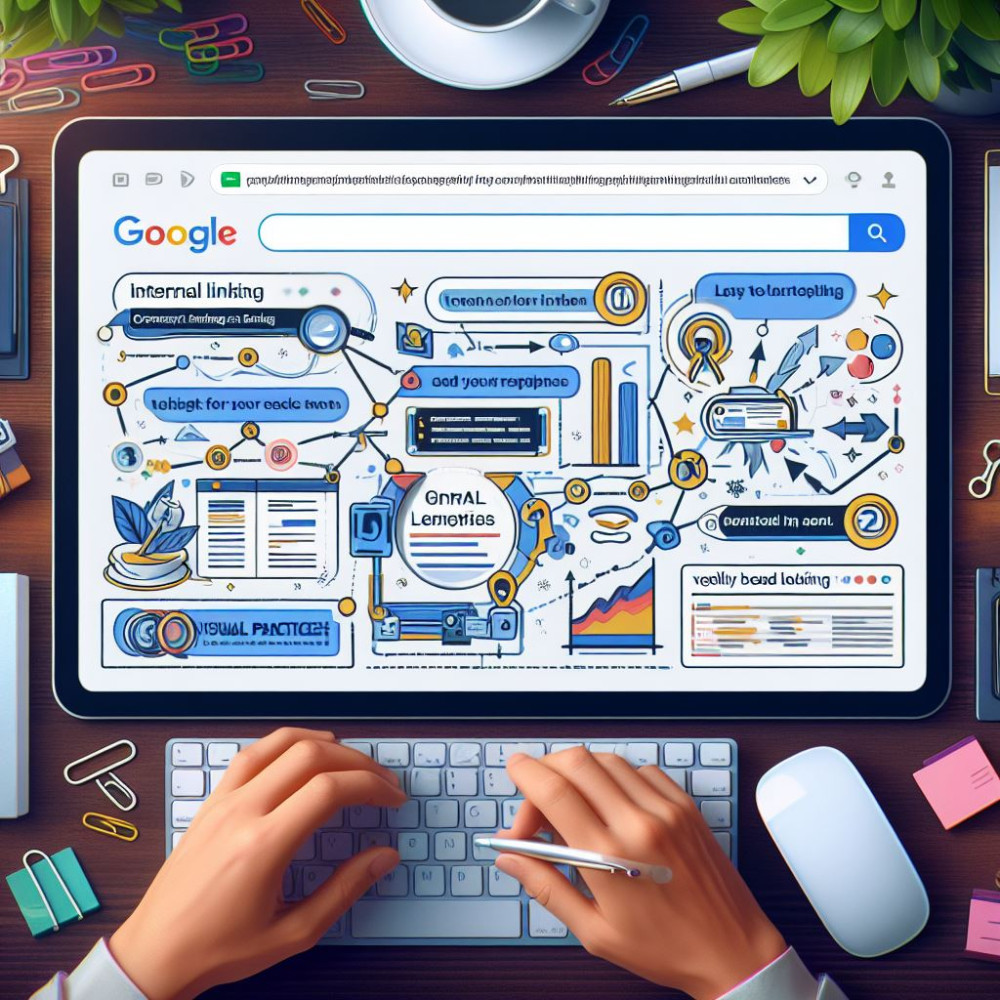In the world of SEO, internal linking is a powerful but often underestimated tool. Like secret passages in a mansion, internal links enhance user experience and influence search engine rankings.
Essentially, they’re like breadcrumbs, as they help guide users and search engines through your website. Well-placed internal links are like gold stars on your report card, signalling to search engines that related topics are connected and boosting your rankings.
Or imagine your website as a cosy library with bookshelves (pages) and related books (content). Your job? Connect those bookshelves with invisible threads (internal links) so that it all connects up. Maybe that’s one too many analogies, but that should make sense (hopefully). So, let’s delve further into why you might need an internal linking strategy.
Benefits of Internal Linking
Internal linking goes beyond just interconnecting web pages. From improving user experience to intelligently distributing ranking power and aiding search engine indexing, the benefits of internal linking are pivotal for a great SEO strategy.
Enhancing User Experience
One of the main advantages of internal linking is its ability to enhance user experience. By strategically placing links within your content, you will guide website visitors to relevant information, which in return, creates a seamless navigation experience.
This not only reduces bounce rates, but also increases the time users spend on your site, which tells search engines that your content is more valuable than someone else’s.
Spreading Link Equity
Internal links act as channels for the distribution of ranking power, also known as PageRank, throughout your website.
By linking to important pages, you ensure that the authority is not concentrated in a few areas but is evenly spread across your site. This practice contributes to a more balanced SEO strategy, benefiting critical pages with higher search engine visibility.
Improving Indexability
Indexability in SEO refers to the capability of a website or web page to be crawled, processed, and added to a search engine's index.
Search engines rely on internal links to discover and index your pages effectively, so a well-linked website ensures that every corner of your digital domain is easily accessible to search engine crawlers, increasing the likelihood of your content being ranked and displayed in search results.
Best Practices for Internal Linking
Navigating the labyrinth that is SEO, requires not just understanding the importance of internal linking, but also making sure that they’re implemented correctly.
Anchor Text Optimisation
Choose Descriptive Anchor Text: When creating an internal link, use anchor text that clearly describes the linked page’s content. Avoid generic phrases like “click here” or “read more.”
Include Relevant Keywords: Incorporate relevant keywords into your anchor text. This helps search engines understand the context of the linked page.
Avoid Over-Optimisation: While keywords are essential, don’t overdo it. Maintain a natural and user-friendly tone.
Link to Important Pages
Prioritise High-Authority Pages: Link from pages with higher authority (such as your homepage or popular blog posts) to other relevant pages. This distributes ranking power and boosts the visibility of important content.
Deep Linking: Don’t limit internal links to just your homepage. Link to specific product pages, service pages, or blog articles. This ensures a well-connected site structure.
Contextual Relevance: Place internal links within relevant context. For example, if you’re discussing “SEO best practices,” link to a related article on your site about SEO techniques.
Consistent Navigation
Site-Wide Navigation: Include a consistent navigation menu across your site. This helps users find their way around and encourages exploration.
Breadcrumbs: Implement breadcrumbs (a trail showing the user’s location within your site’s hierarchy) to enhance user experience and provide additional internal links.
Use Natural Linking Patterns
User Intent: Consider user intent when linking. What would be genuinely helpful for the user?
Content Flow: Link logically within your content. If you’re discussing a topic, link to related subtopics or supporting material.
Update and Maintain Links
Broken Links: Regularly check for broken internal links. Use tools like Google Search Console to identify and fix them promptly.
Content Updates: When you update or create new content, revisit existing pages to add relevant internal links. Keep your internal linking strategy up to date.
Avoid Excessive Links
Quality Over Quantity: Focus on quality rather than quantity. Too many internal links on a page can dilute their impact.
Link Farming: Avoid creating pages solely for the purpose of internal linking. Google may in fact penalise pages that have excessive linking schemes.
Do You Need an Internal Linking Strategy?
So, the ultimate question: does internal linking still matter? The answer is yes. Bet you wasn’t expecting that.
In today's dynamic and ever-evolving SEO landscape, internal linking is still very, very important; if you want to have a good website that is. If you don’t, that’s fine, but that’s a bit silly if you ask me.
Google's algorithm places a high value on clear web design and organised internal links, viewing them as indicators of a well-structured and user-friendly website. Strategic internal linking continues to be a cornerstone in modern SEO practices, as it not only helps navigation, but also guides search engines in understanding your content hierarchy, influencing rankings, and ensuring an overall cohesive user experience.
1st Floor, Alphin Brook House,
Alphin Brook Road,
Exeter EX2 8RG





